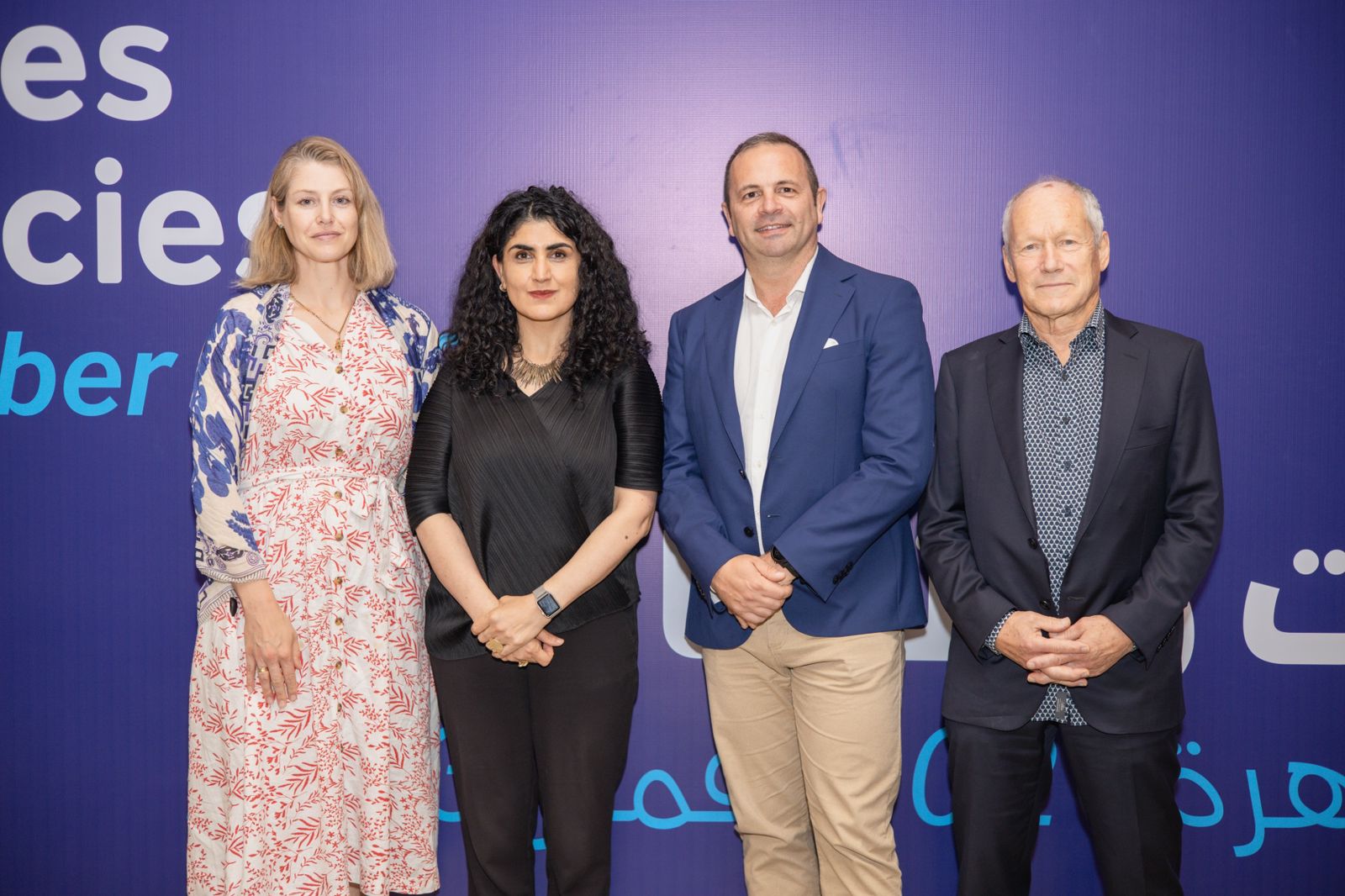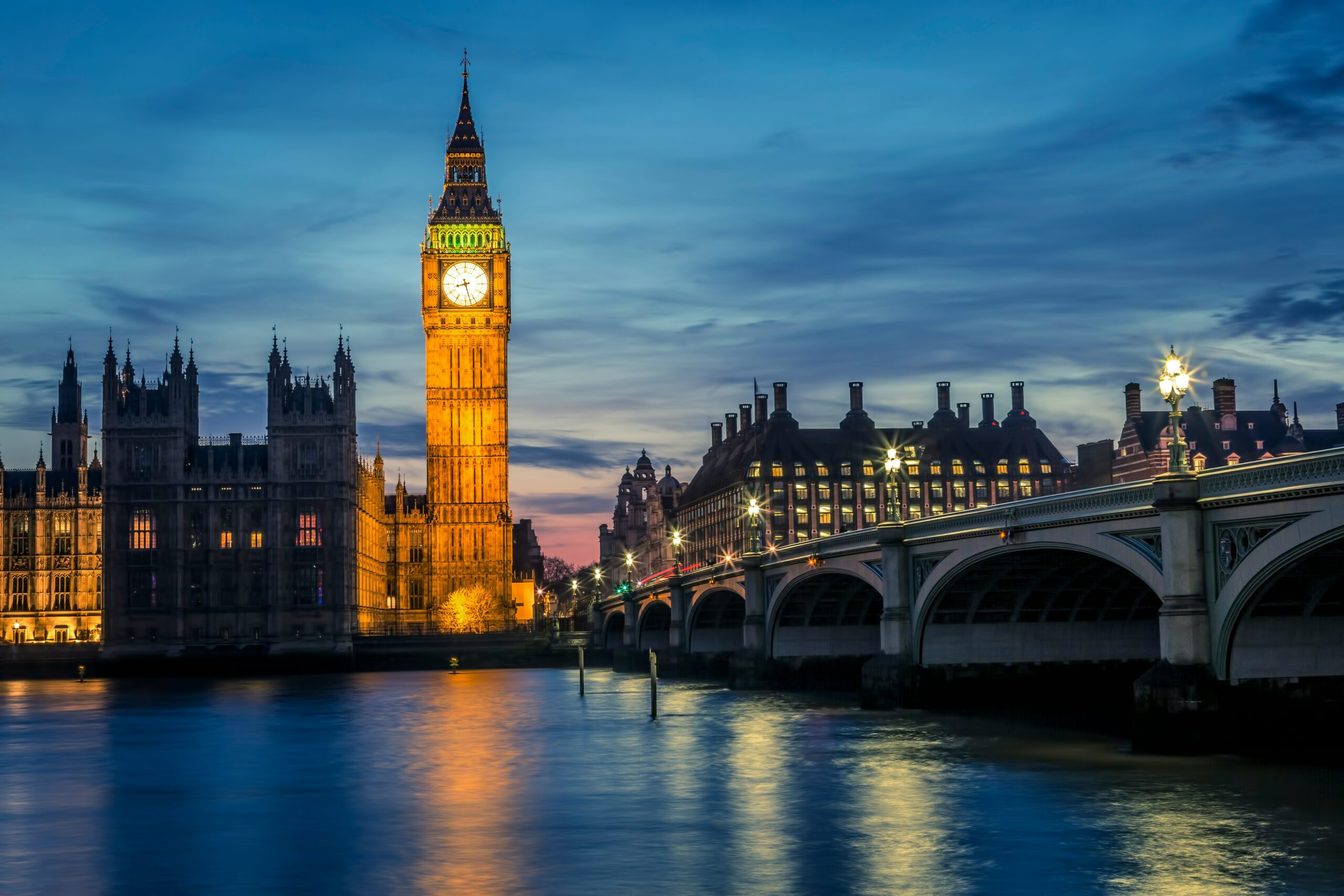The creative industries have been a pillar of the UK’s industrial strategies in the past two decades, with remarkable results, putting the country on the map as one of the global innovation leaders and as one of the most attractive countries for emerging creative talent. The Cultural and Creative Cities Monitor (CCCM), an indicators framework developed by the European Commission’s Joint Research Centre (JRC), offers an interesting perspective to assess this phenomenon, which focuses on the city level. In particular, the CCCM evaluates the performance in cultural and creative production and access of a selected sample of European cities, on different measurements, to arrive at an overall score (used as a synthetic index). The measurements range from a city’s creative and knowledge-based jobs to local and international connections, and cultural infrastructure and attractiveness for potential audiences. The cities covered by the CCCM are divided in four classes by population size, and the UK features 14 of them: London and Birmingham (XXL category) Edinburgh, Glasgow, Leeds, Manchester and Bradford (XL category); Liverpool, Brighton and Howe, Nottingham and Bristol (L category); and Dundee, Norwich and York (S-M category).
Interestingly, with the exception of London, which excels as it could be expected in the Creative Economy sub-index, no UK cities are present in the EU-wide top 20 rankings for Cultural Vibrancy and Creative Economy. However, UK cities dominate the scene as to the Enabling Environment sub-index, placing as many as 9 cities in the top 20. In particular, in the specific dimension of Openness, tolerance and trust that plays a key role in the Enabling Environment ranking, there are 11 UK cities in the top 20 and, for each city size category, the top scorer is a UK city: London (XXL), Glasgow (XL), Brighton and Hove (L) and Norwich (S-M). The outstanding excellence of UK cities in this regard seems therefore to depend essentially upon their capacity to attract and successfully integrate foreign creative professionals from the social and economic viewpoint.
In a commentary co-authored with my colleagues Valentina Montalto and Francesco Panella from Joint Research Centre (JRC) which is forthcoming in a post-Brexit themed special issue of European Urban and Regional Studies focused on urban and regional development futures, we reflect on the possible consequences of Brexit for the competitive positioning of UK cities in the cultural and creative sectors. From the above remarks, it is rather immediate that, insofar as Brexit hinders the successful attraction of foreign creative professionals (and this is almost certainly the case as far as EU citizens are concerned, compared to European cities that remain in the EU), the major pillar of comparative advantage of UK cities in this regard is going to be seriously undermined, and this is likely to be especially true for those cities which are not global hubs such as London, whose strength also derives from the size and quality of its creative economy, and in particular for cities in the large and small-medium categories.
In this regard, the main contrarian argument has been that the UK may continue to attract the best creative talent worldwide also in a post-Brexit scenario, by carefully screening and selecting the profiles of prospective immigrants. But this is easier said than done in the creative sector, and for a simple reason. Unlike other professional fields where educational titles and curricula have relatively standard achievement milestones, in the cultural and creative sectors the best talents need not be alumni of prestigious universities or academies. Instead, professional careers and achievements are very difficult to assess on the basis of standardized criteria. From an immigration screening viewpoint, the profile of many potential creative talents could be hard to tell from that of a typically low-skilled worker. Not incidentally, for many creative workers, getting a low-skilled day job is often the typical entry to the initial difficult and often long phase of connection and accreditation in the cultural and creative sectors.
Even more room for concern arises from the fact that UK creative businesses typically turn to migrant labour when it comes to recruiting creative talents and skills whose availability in the UK is limited, and this is particularly true for medium and large companies, also beyond the sphere of the cultural and creative sectors. A diminished capacity for attraction of creative skills and talent could therefore have an immediate and noticeable negative impact on a vast range of sectors and businesses that would likely hit across the whole economy. An additional cause of concern would be the negative impact of the shock on the UK’s cultural component of soft power, which has been carefully and successfully cultivated in the past two decades. Clearly, the backlash of a perceived, sudden closure of the UK to foreign creative talent would be particularly strong for a country that has been so far heralded as the absolute champion in the category, and for a reason, as clearly reflected in the CCCM rankings.
It is therefore vital that the post-Brexit UK immigration policies pay special attention to this issue, and develop specific criteria that are tailored upon the high peculiarities of the cultural and creative professional and job markets. Stakes are high, and failure to address the problem properly is likely to put the UK’s cultural and creative economy at serious risk of decay.
Photo by Dan Burton
The PEC’s blog provides a platform for independent, evidence-based views. All blogs are published to further debate, and may be polemical. The views expressed are solely those of the author(s) and do not necessarily represent views of the PEC or its partner organisations.
Related Blogs
Island in Transition: The Journey from Reggae Music Mecca to Creative Economy Hub
Andrea Dempster Chung, Co-founder and executive director of Kingston Creative A blog from Creative P…
UK engagement in Central Asia: Education and the creative economy in the territories of the ‘new Silk Roads’
Dr Martin Smith and Dr Gerald Lidstone look at the history of the British Council's work in Central …
Creative Industries in Egypt: An Overview
Omar Nagati – GCEC Member and Co-Founder of CLUSTER – outlines the findings of a study into the crea…
Introducing the Global Creative Economy Council (GCEC)
Hasan Bakhshi and Rehana Mughal explain what the GCEC is trying to achieve and how the network will …
Global Creative Economy Council: An introduction from the Chair
John Newbigin introduces Creative PEC's Global Creative Economy Council
Creative PEC’s response to the Spring Budget 2024
Creative Industries in the 2024 Spring Budget The creative industries are a significant part of the …
Copyright protection in AI-generated works
Timely exploration of copyright law and AI generated creative content
The economic value of cinema venues to their communities
In a tough economic climate for cinemas and where there is limited public funding, it is important t…
Creative diversity in higher education
As the APPG for Creative Diversity launches their annual report, ‘Making the Creative Maj…
Estimating the Contribution of Arts, Humanities and Social Sciences (AHSS) R&D to Creative Industries R&D
The UK’s creative industries are hugely innovative; PEC research has suggested that over two-th…
The Media Bill and the future of Public Service Broadcasting policy
In March the government published the first draft of its long-awaited Media Bill. The Bill prop…
Creative spillovers: Do the creative industries benefit firms in the wider economy?
The creative industries are a force for innovation in the UK. Firms in the creative industries (CIs)…












